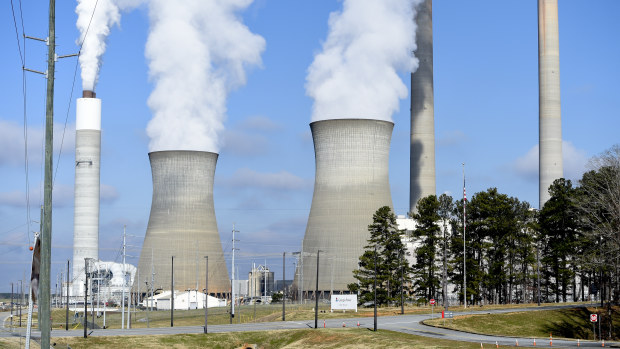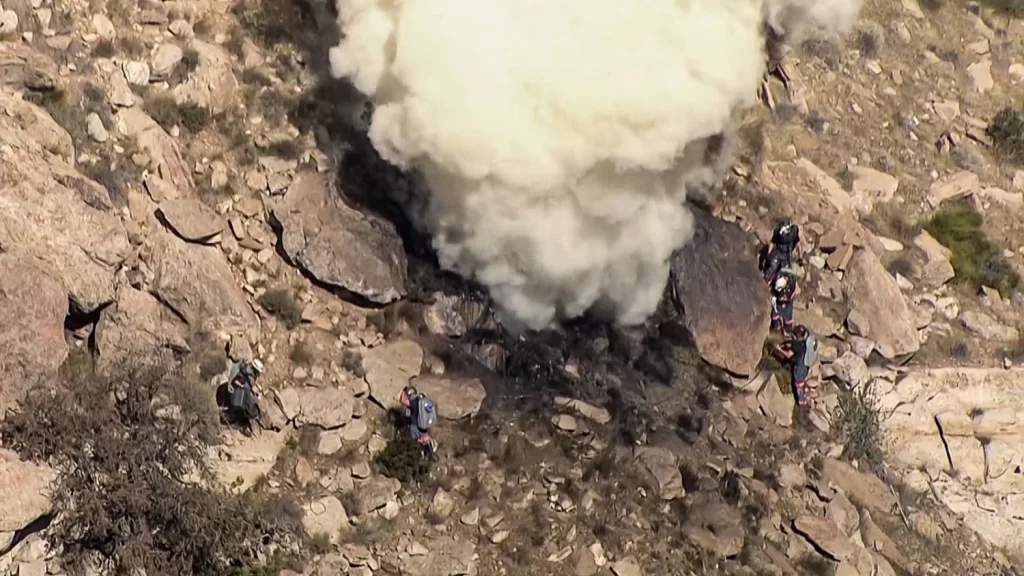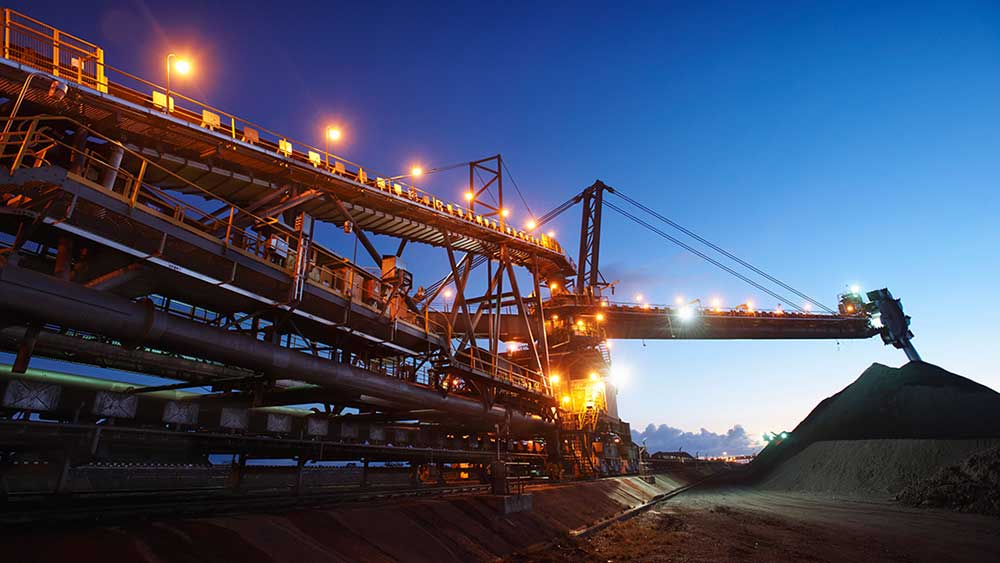All coal power stations will close within 15 years, raising the urgency to get the build-out of transmission lines back on track and ramp up renewable energy to keep the lights on.
Coal power plants will exit the national energy grid much faster than their owners are assuming, the Australian Energy Market Operator says. It brought forward the timing for the elimination of coal power from the grid by five years to 2038 in the expectation that plant owners will surrender to rising maintenance costs, coal supply shortages and competition from cheap wind and solar.

AEMO’s accelerated timeline for the elimination of coal, contained in a draft report released on Friday, came as the grid in NSW was already showing signs of being stretched.
The operator on Thursday took initial steps to call for emergency generation to lower the risk of rolling blackouts in NSW as the state baked in 40-degree temperatures but did not have to follow through as conditions eased. NSW Energy Minister Penny Sharpe called for households and businesses to reduce electricity use if they could. The risk of shortages later faded.
The latest forecast for the demise of coal power points to the shutdown of some plants almost 10 years earlier than scheduled, including Alinta Energy’s Loy Yang B in Victoria which is officially due to run until 2047.
The regulator said the possibility that replacement generation was not available when coal plants retired “is real and growing, and a risk that must be avoided”.
It reinforces the necessity for a rapid build-out of cleaner generation and transmission to avoid shortages and price spikes even as construction costs surge. Transmission costs had jumped about 30 per cent in recent years, AEMO said.
Squeeze on system
“The plan maps out urgent investment so that homes and businesses continue to access reliable and affordable electricity, both in the coming decade when 90 per cent of coal generation is expected to retire, and beyond to 2050,” said AEMO chief executive Daniel Westerman.
“In the next decade, this plan shows the need for 5000km of transmission, both new projects and those under way, triple renewable generation and double dispatchable storage, hydro and gas-powered generation.”
The squeeze on NSW’s power system was one of the first since the closure of AGL Energy’s Liddell coal power plant in April and underscores the challenges ahead as big chunks of coal generation shut down even with significant new wind, solar and storage plants coming online.
The NSW government is now negotiating to delay the next scheduled plant closure, Origin Energy’s giant Eraring plant in 2025, to avoid price shocks, with the cost to taxpayers yet to be made clear.
AEMO reiterated the need for agreements on closure timeframes that would provide more notice than the required 3½ years, giving more time to ensure new capacity is in place and avert price spikes.

NSW will on Friday start consultation on a new scheme for the shutdown of coal plants, to be designed as an “opt-in” system for state governments that would allow them to temporarily order a plant stay open if required. The scheme would be rolled out nationally.
AEMO said the earlier demise of coal power meant even faster expansion was needed in renewable generation, of 6 gigawatts a year, a 50 per cent increase from the 4GW annual expansion targeted in 2022. The build-out is running at less than 4GW a year as slow approvals, social licence issues and rising costs drag on project schedules.
Surging costs have also slashed the net benefits expected from needed investment in new transmission, which have shrunk from $27.7 billion in the 2022 blueprint to $17.45 billion even before most new projects are built.
The cost of HumeLink has risen to about $4.9 billion from about $3.3 billion in the 2022 blueprint, and the New England Renewable Energy Zone link has surged to $3.69 billion from $1.9 billion, and could be up to 50 per cent more.
But AEMO stuck to its view that the lowest-cost pathway for reliable electricity through the transition is from renewable energy, connected by transmission, and supported by batteries and pumped hydro, with gas power as back-up.
AEMO’s “optimal” development path for the system involves $121 billion in capital costs through to 2050 for generation, storage, firming and transmission infrastructure, including $16.4 billion in transmission.
Grid projects include the Project EnergyConnect line under construction between South Australia and NSW, the controversial Western Renewables Link and VNI West projects in Victoria, and HumeLink in NSW, many of which are facing fierce pushback from rural communities.
‘Cheapest way’
“Delivering the transmission projects identified in this plan is expected to avoid $17 billion in additional costs to consumers if those projects were not delivered,” Mr Westerman said, calling for more effort to address social licence and supply chain hurdles.
Federal Energy and Climate Change Minister Chris Bowen said AEMO’s findings confirmed that firmed renewable energy was the cheapest way to ensure a reliable and clean power system.
The Coalition’s nuclear-based plan relied on a technology that would not be commercial before 90 per cent of the coal fleet retired, “risking energy security for millions of households and businesses across the country”.
“It’s past time for [Opposition Leader Peter] Dutton and [opposition energy spokesman Ted] O’Brien to be honest with Australians about how they plan to replace the 90 per cent of ageing, and increasingly unreliable, coal-fired power generation forecast to close over the next decade – given they have called for a pause on all new renewables and transmission,” Mr Bowen said.
Brett Redman, CEO of NSW’s Transgrid, said the company was getting on with delivering key projects and that the draft ISP clearly showed efforts needed to be accelerated. Transgrid would invest more than $14 billion in NSW over the next decade to build 2500km of transmission lines to connect renewables to the grid.
AEMO further increased its forecast for rooftop solar by 2050, by 18 gigawatts, but reiterated they need to be better orchestrated for the benefit of the grid. Rooftop solar panels generated more power to the grid in the March quarter of 2023 than either grid-scale solar, wind, hydro or gas power.







